

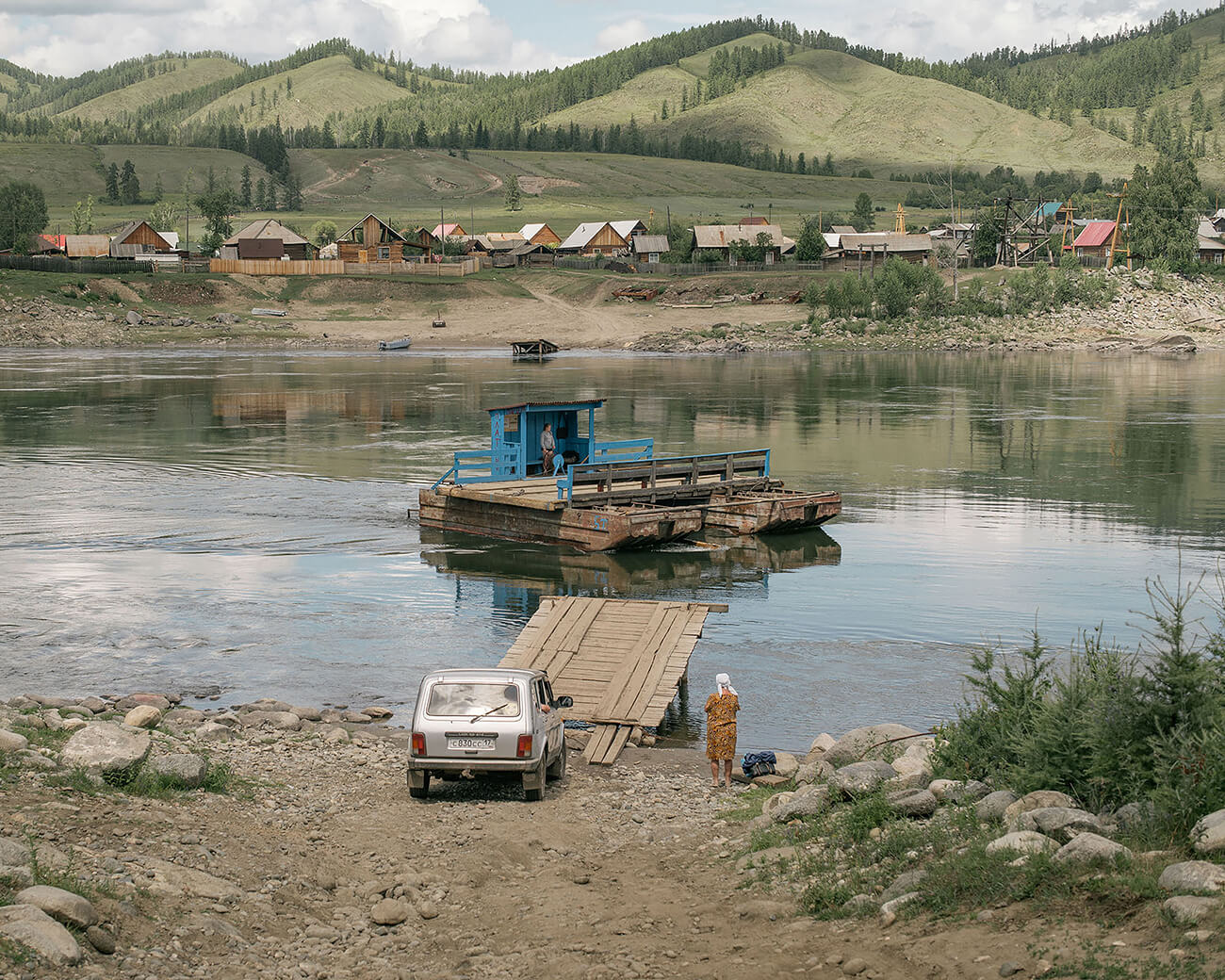
Tuva Republic. Russia. 2018. From 'Hiding from Baba Yaga'. 2018.© Nanna Heitmann/ Magnum Photos
"For time immemorial, people have sought protection and freedom on the banks of the Yenisei River and in the adjacent wild taiga. For a long time, the banks of the Yenisei have been pervaded by nomadic people. The Russians, coming from the west, chased by their greed for valuable fur, did not reach the river until 1607. Criminals, escaped serfs, apostates or simply adventurers, joined together in wild rider associations and expanded ever deeper into the vast wild forest. The life of the settlers in Siberia was free and self-determined.
Another community to occupy the lonely banks of the Yenisei River were the Old Believers. A small ferry boat is the only connection to Erzhey, the village of Old Believers. This group turned against the reforms of the Patriarch Nikon, who revised the texts and rites of Russian Orthodox worship in 1652. Many of them had to flee to the most remote areas of Russia: first from the Tsar, later from the Soviets. Along the upper reaches of the small Yenisei, there are many small villages of Old Believers, which try to live self-sufficiently, and maintain the old liturgical and ritual practices of the Russian Church."
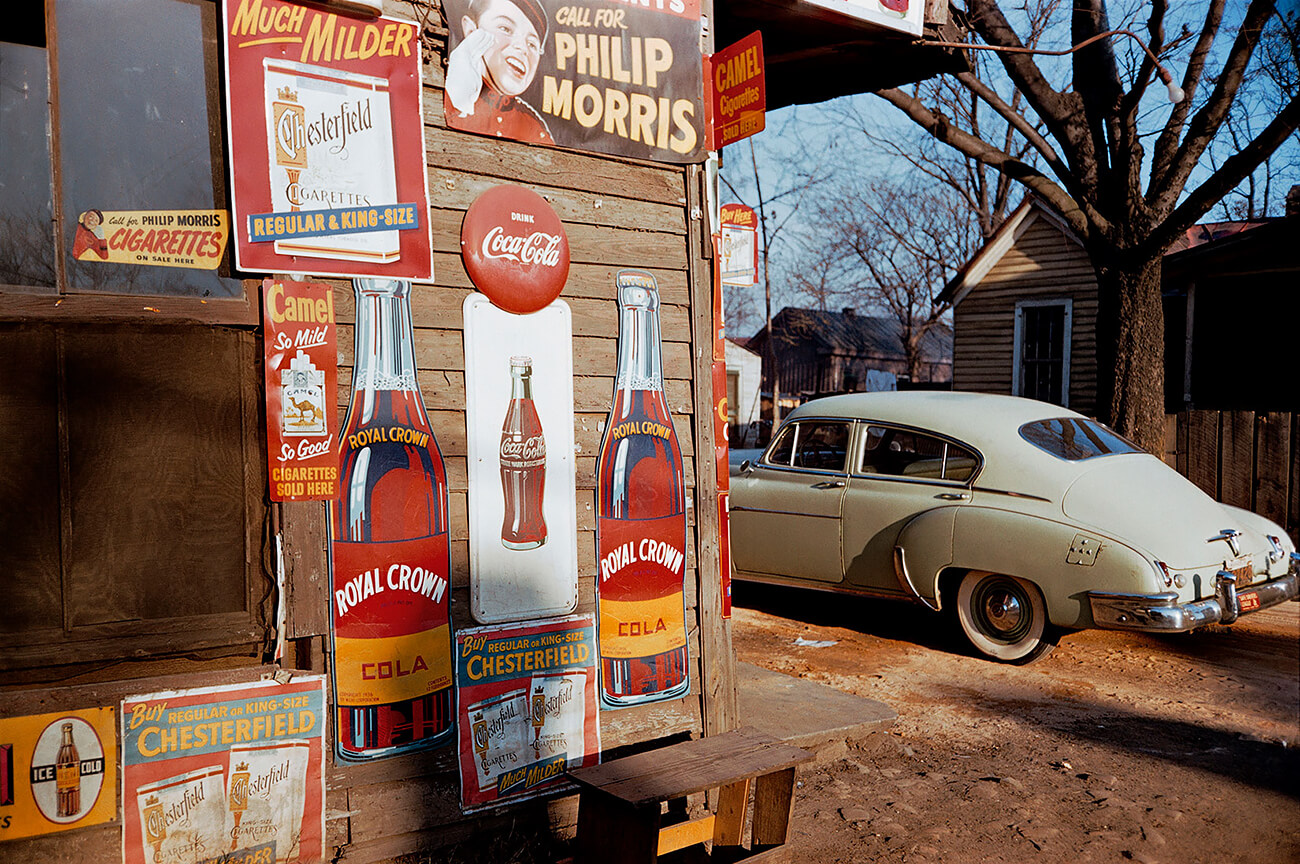
Southern part of the country. USA. 1954. © Estate of Werner Bishof/ Magnum Photos
"1954 - Werner Bischof was able to embark on his major tour of the American South. His wife Rosellina, who was travelling with him, noted: 'It's the beginning of February and we are ready: tomorrow morning we leave New York fully laden and full of plans. Werner has a movie camera and a tape recorder with him. It's going to be a fantastic trip! We'll learn Spanish in the car, and can't wait to reach the Mexican border."
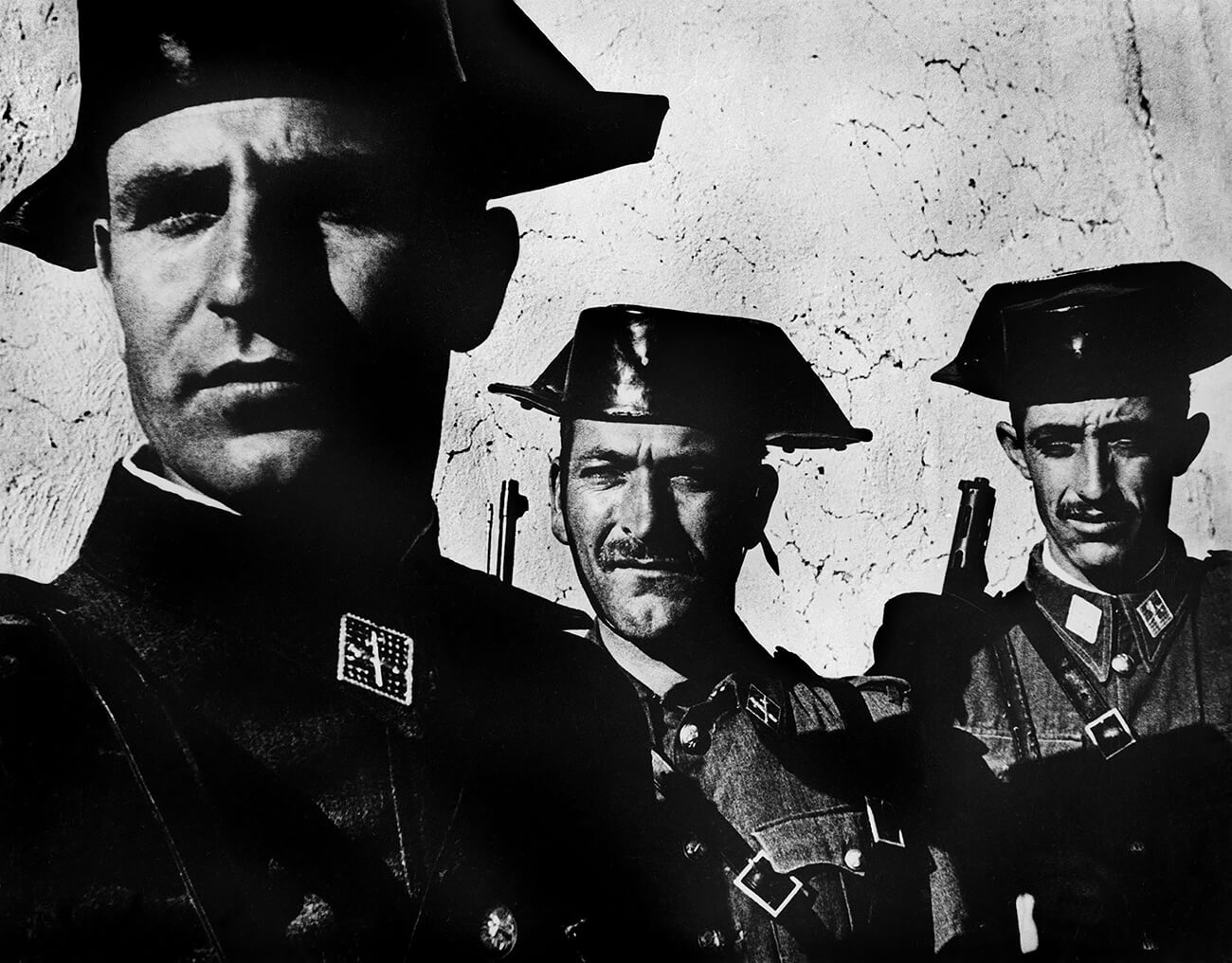
'Guardia Civil'. Spanish Village. 1951 © 2021 The Heirs of W. Eugene Smith/ Magnum Photos
"LIFE magazine staff photographer W. Eugene Smith traveled to Spain in 1950 to document repression and poverty under the harsh regime of its dictator, Francisco Franco. Smith embedded himself in the small town of Deleitosa, where he spent a month gaining the trust of the villagers, along with the suspicion of Franco's brutal military police, the Guardia Civil.
Acclaimed for containing several of Smith's most iconic photographs, the 'Spanish Village' photo essay appeared in the April 9, 1951, issue of LIFE. The most searing image was of three members of the Guardia Civil, who kept the townspeople of Deleitosa in line through fear and intimidation. The original caption simply read: 'These stern men, enforcers of national law, are Franco's rural police. They patrol [the] countryside, [and] are feared by people in villages, which also have local police.'
While the villagers could not leave, Smith had to fashion his own way to escape Spain. Shortly after he captured this image, the Guardia Civil paid Smith a visit and questioned him about the film he had shot in Deleitosa. When they left, he told his interpreter: 'Let us pass up our remaining, rather unimportant pictures, and get the hell out of here while I still have the film.' He woke up his assistant and they left at 4:00 a.m. to flee across the border into France" - Kevin Eugene Smith, Estate of W. Eugene Smith
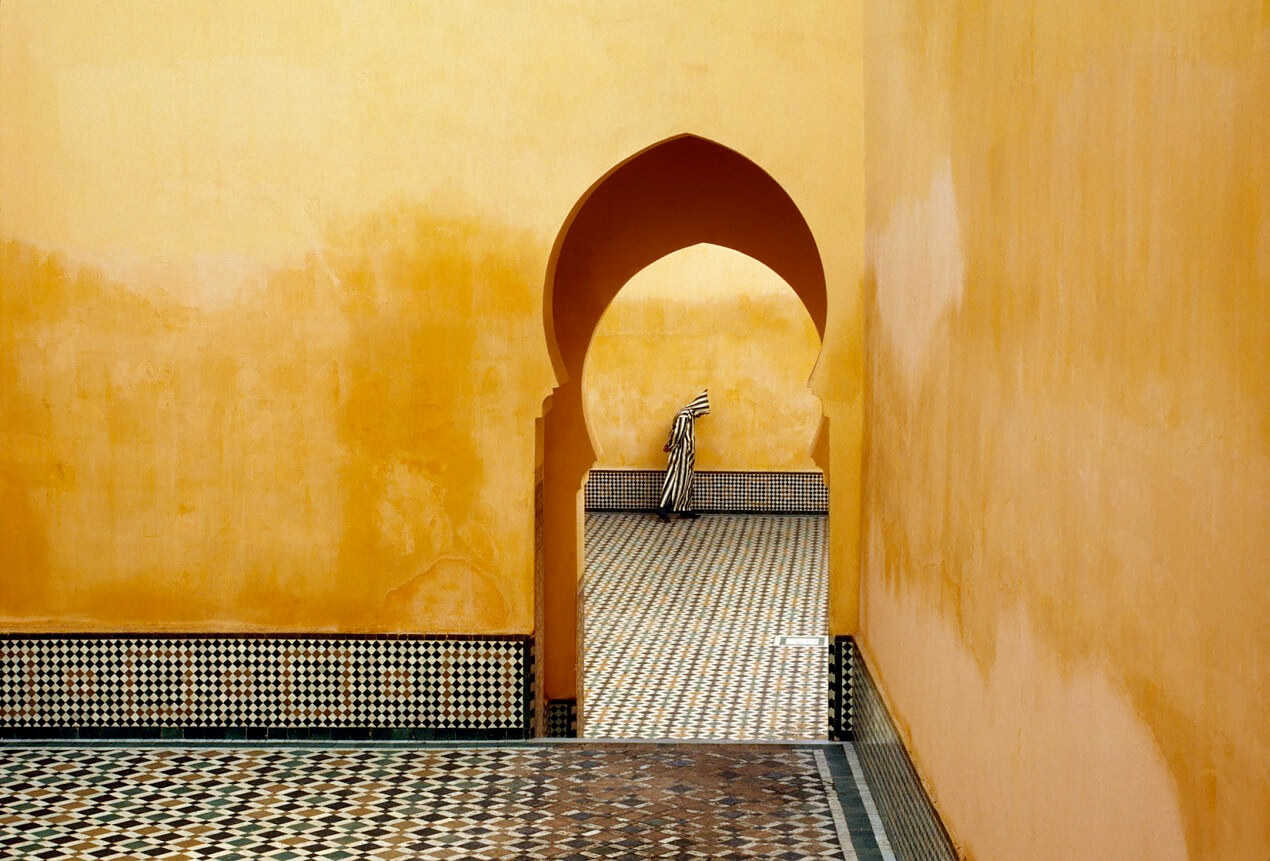
Moulay Ismael Mausoleum, Meknes, Morocco. 1985. © Bruno Barbey/ Magnum Photos
"The photographer must learn to merge into the walls. Photos must either be taken swiftly, with all the attendant risks, or only after long periods of infinite patience. Such was the price of these images… The memory of Morocco can only be captured with respect."
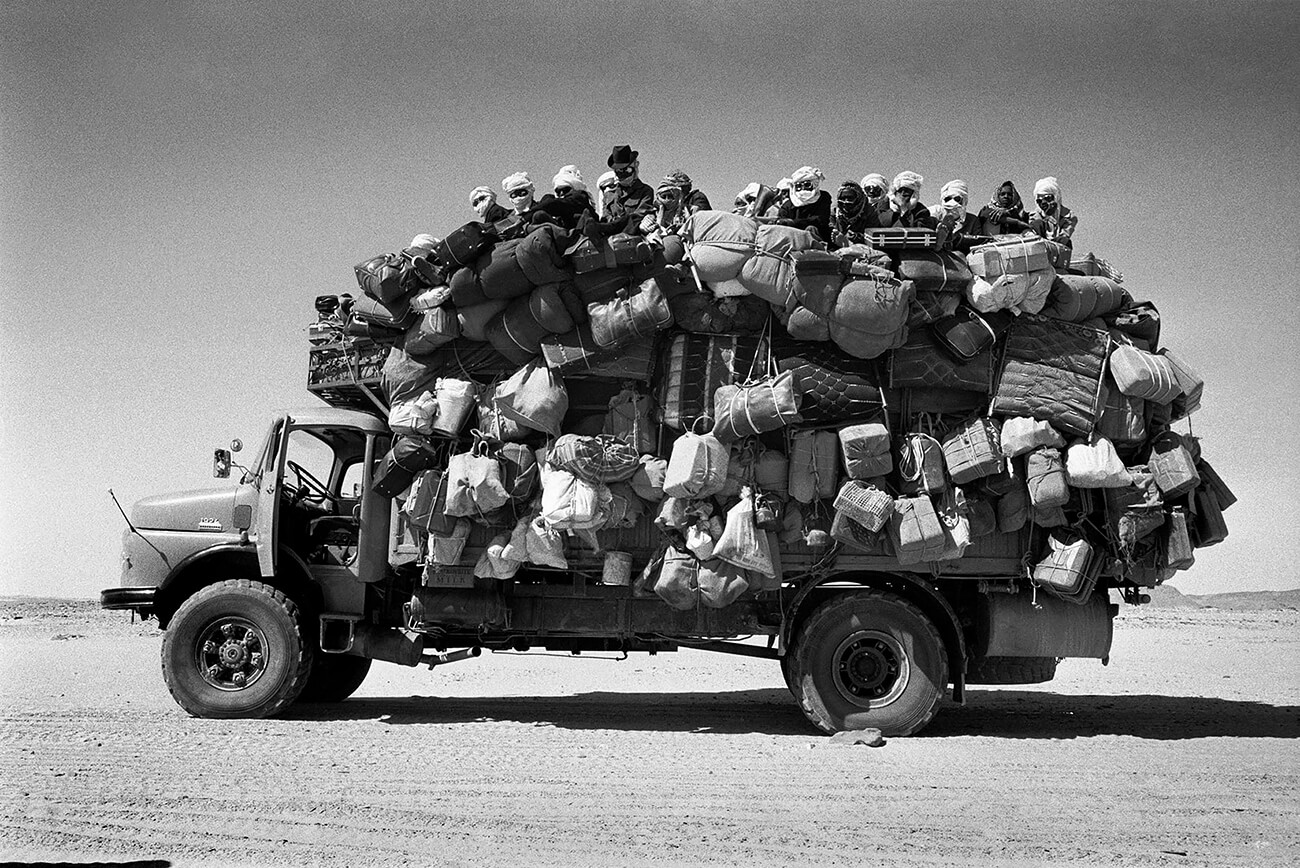
Libyan truck transporting people between Chad and Libya. 1978 © Raymond Depardon/ Magnum Photos
"The truck left the palm grove this morning before daylight. The women sit well up front, the men sit behind. I have often ridden on these trucks to go up north and out of the desert."
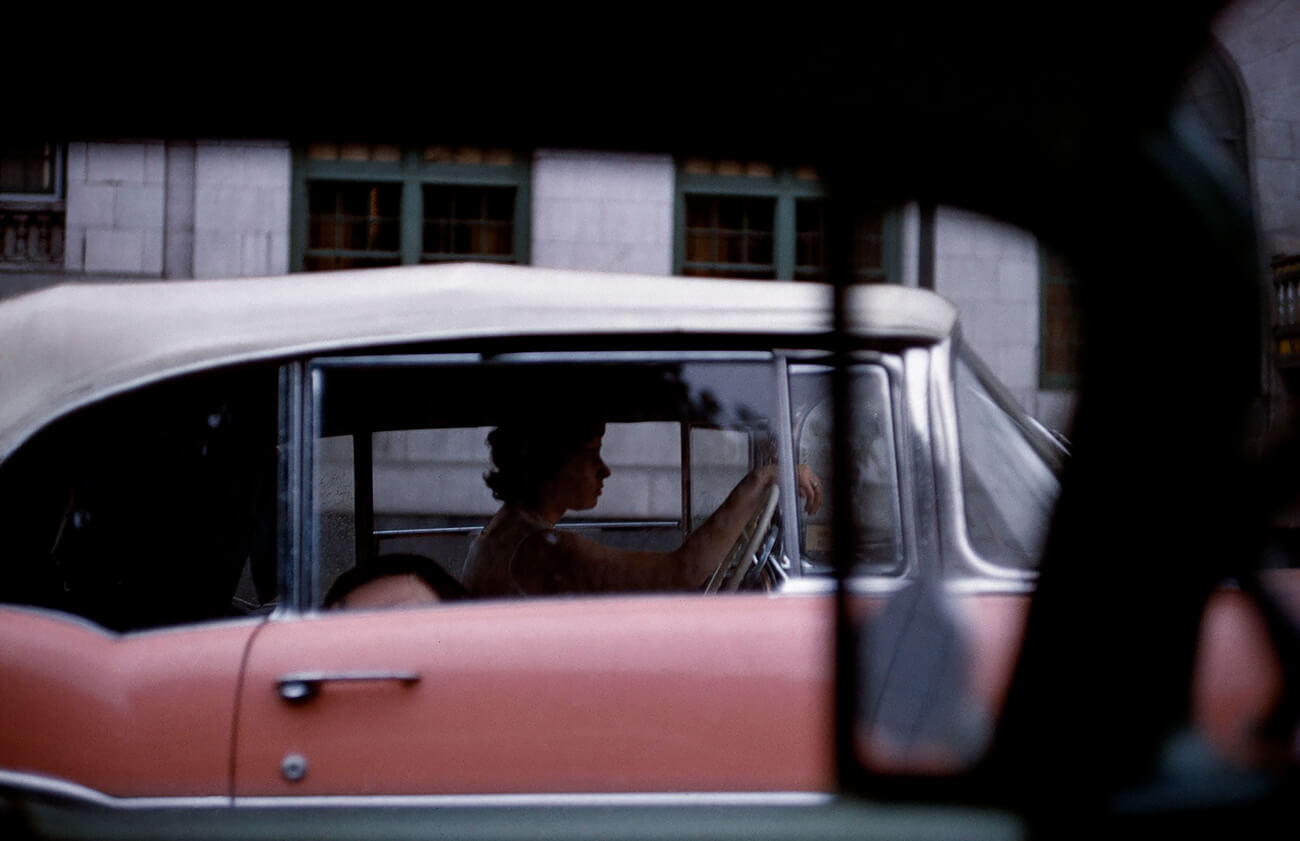
Reno, Nevada, USA. 1960. © Inge Morath/ Magnum Photos
"We arrived in Reno on the evening of the 17th. Into a world so different from the loneliness of the trip, the world of a movie being started. It is difficult to describe the last extraordinary days, although they are still very much alive. Their colors are still fresh and, when I close my eyes, the road still seems to be passing in front of me, running straight and hot through the desert.." - Inge Morath; July 19, 1960. In The Road to Reno, Steidl, 2006.
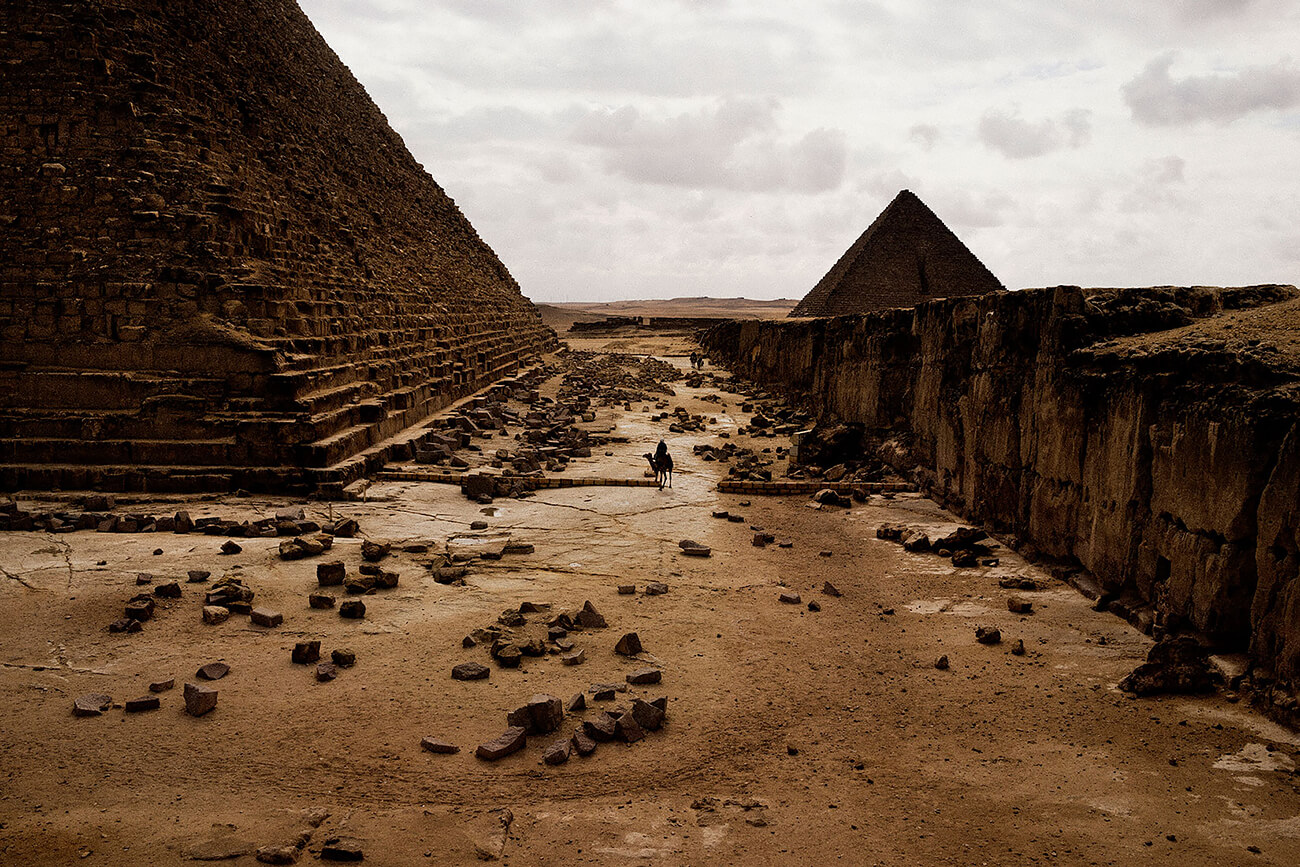
Giza, Greater Cairo, Egypt. 2013. © Moises Saman/ Magnum Photos
There is no respite for the energy that surrounds you in Cairo, truly one of the greatest cities in the world. The closest thing to a resting place that I found during the time I lived there was amid the ruins of the magnificent Pyramids of Giza.
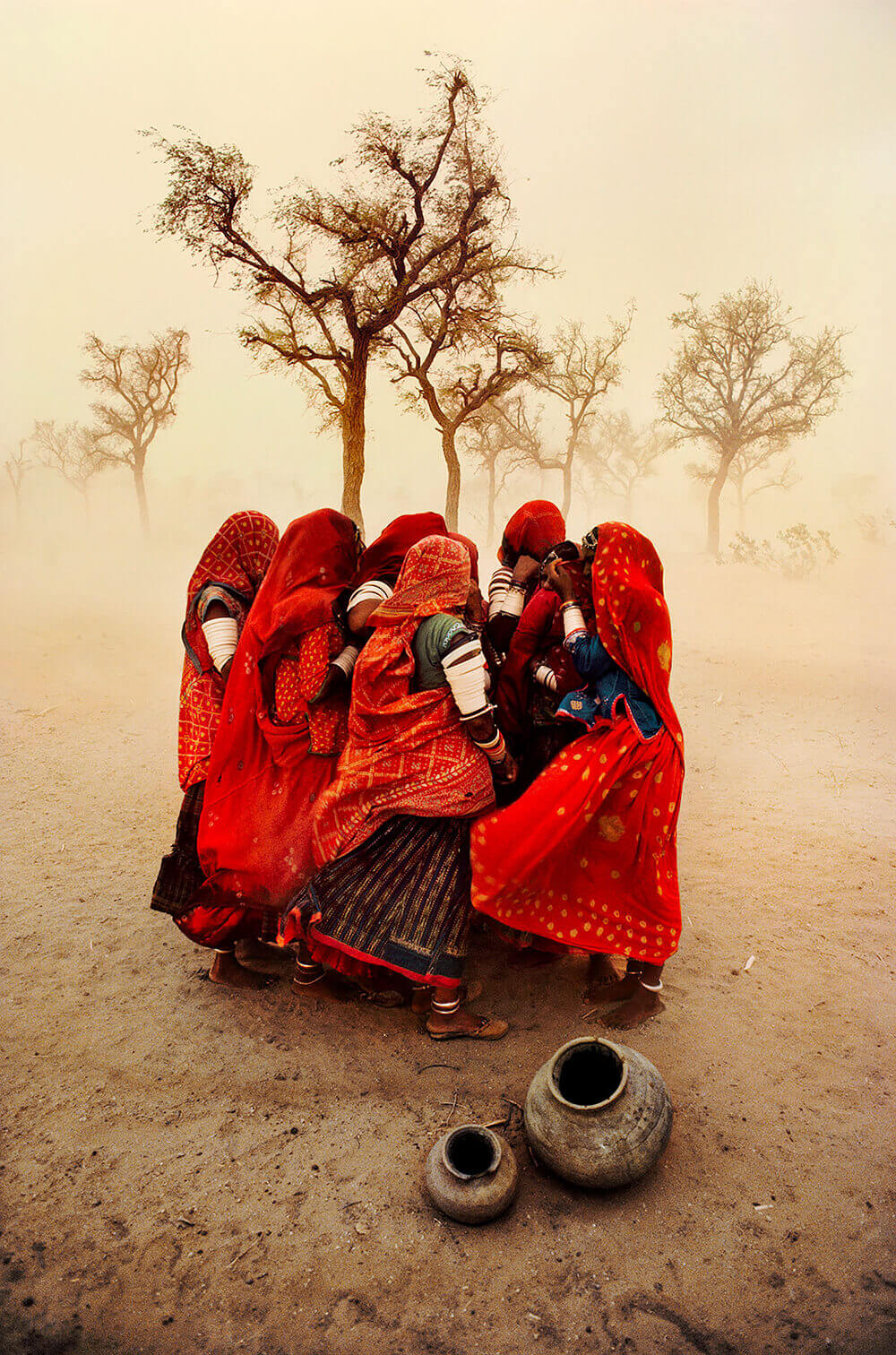
Rajasthan, India. 1983. © Steve McCurry/ Magnum Photos
"I was driving down a road between Jodhpur and Jaisalmer in Rajasthan, India. It was sunny and sweltering hot at about 110°F (43°C), when the sky suddenly went dark and a pre-monsoon dust storm began. As the storm got stronger and more dramatic, the air became thick with dust. Through the haze, I could see these women huddled together off the side of the road protecting themselves from the driving wind. This region had been suffering from a drought for more than a decade and the women were singing a prayer for rain. I got out of the car, ran across a field and photographed them moments before the storm disappeared. Then the sun immediately came out, as if nothing had ever happened."